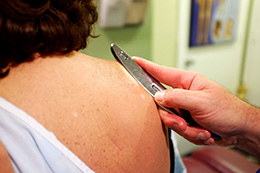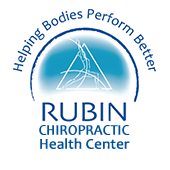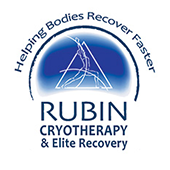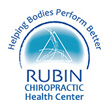
Dr Rubin has years of experience helping patients using the Graston Technique.
The Graston breaks up scar tissue formed by tendon damage and knee surgeries. Dr Rubin uses one of six stainless steel tools to diagnose and treat certain conditions. Designated areas of the body use certain tools to break up adhesion’s, which helps start the healing process right away. Graston treatments will decrease treatment time and reduce your need for NSAID medications.
Frequently Asked Questions
What is the Graston Technique?
The Technique:
- Separates and breaks down collagen cross-links, and splays and stretches connective tissue and muscle fibers
- Increases skin temperature
- Facilitates reflex changes in the chronic muscle holding pattern
- Alters spinal reflux activity (facilitated segment)
- Increases the rate and amount of blood flow to and from the area
- Increases cellular activity in the region, including fibroblasts and mast cells
- Increases histamine response secondary to mast cell activity


